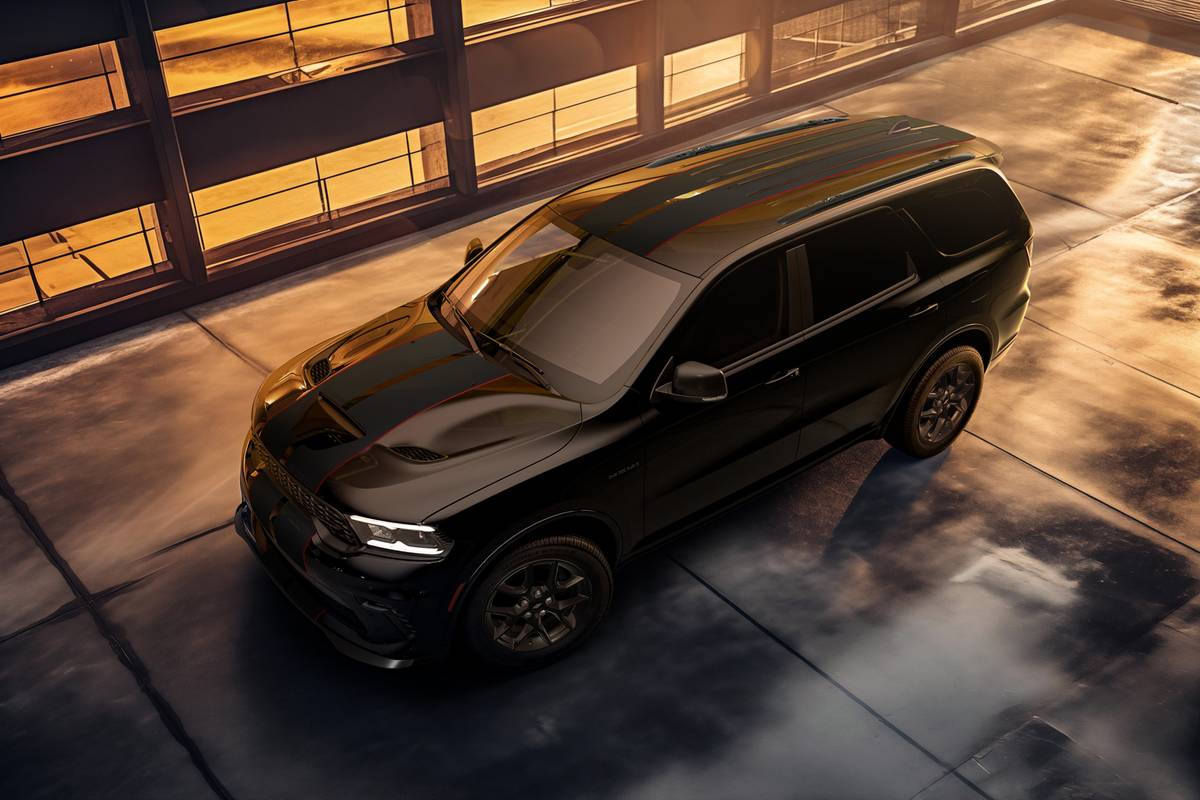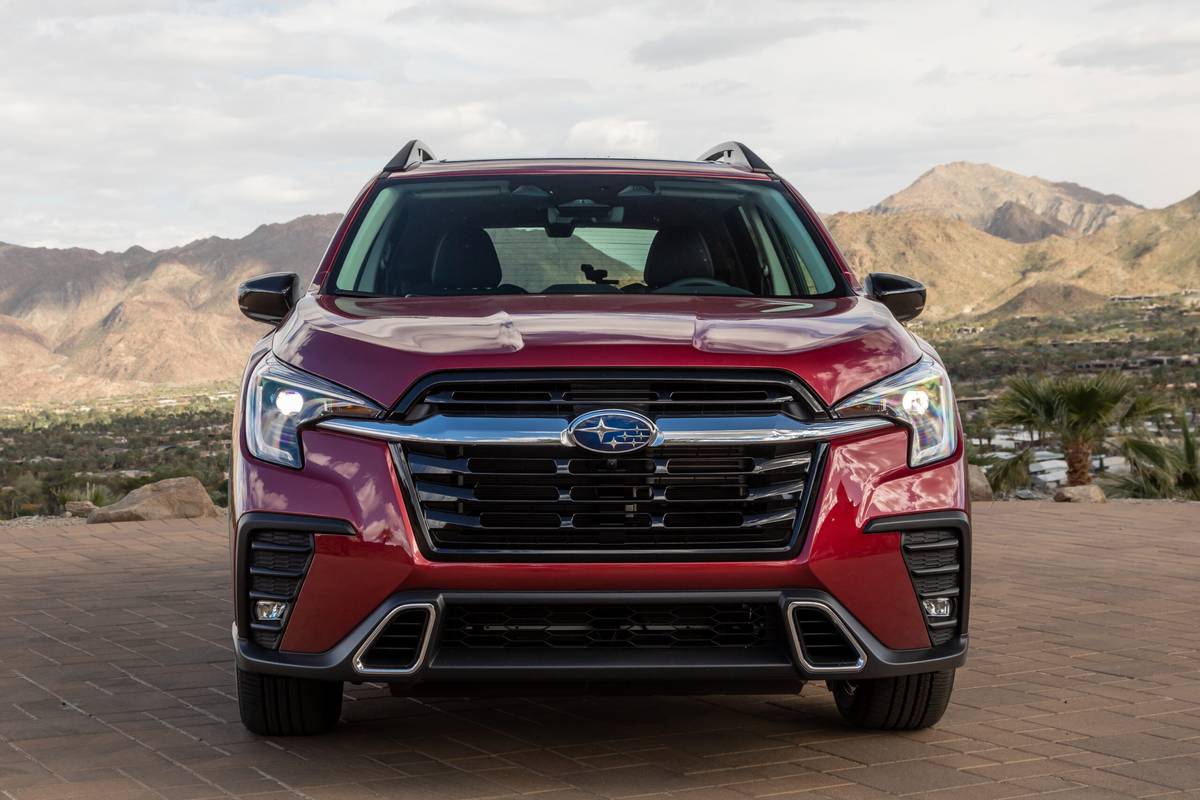washingtonpost.com's view
NEW YORK — This city is a traffic nightmare painted yellow — the hue of aggressively driven taxicabs that dominate its many ruined streets.
It partly explains why Kia Motors chose Brickell Island, a celeb-heavy community in Miami, for the North American introduction earlier this month of its 2010 Kia Soul urban wagon.
Brickell Island is young and hip. New York is not as young, not as hip.
But the biggest difference is that Brickell Island has smooth, friendly streets. New York City has pitifully few of those.
That’s too bad. In many ways, the new Kia Soul is the perfect urban wagon. It’s small, stretching a bit more than 13 feet. It fits easily into tight spaces, thus relieving the angst of most city parking. It is wonderfully utilitarian.
We couldn’t go to Brickell. But my wife, Mary Anne, and I used the Kia Soul to carry several bulky items, including a couple of floor lamps, up here from Northern Virginia to help a daughter move into a new apartment.
The Kia Soul is wonderfully maneuverable, capable of U-turns on narrow streets without touching a curb left or right.
But therein lies the rub, bump, occasional squeak, rattle and grind. The monstrous things New Yorkers call “streets” are brutal traps for lightweight (2,559.6 pounds), tiny, front-wheel-drive city wagons such as the Kia Soul.
When its standard 18-inch diameter wheels strike potholes, the Soul shudders, as do the spirits and bodies of its driver and passengers. The discomfort is palpable and truly upsetting.
Kia obviously made a compromise here — trading weight in the engineering and design of suspension components, probably in a bid to increase fuel economy and control production costs, at the expense of a more comfortable ride and better handling over rough roads.
True story: When we left this city’s mean streets and entered the relative surface calm of the New Jersey Turnpike, my wife breathed a sigh of relief. “Good Lord!” she exclaimed. “Does Kia really believe that the streets in America are paved with gold — paved with anything? This suspension is horrible.”
It’s an unfair criticism. The suspension arrangement — independent front with MacPherson struts and stabilizer bar and a torsion beam in the rear — is sufficient for urban travel over well-paved roads. Japan has such streets. Western Europe has them, too.
I haven’t driven in Korea. But I’ve driven all over the United States, enough to know that the nation is in urgent need of a massive roadway makeover.
No comparable small wagon — Chevrolet HHR, Honda Element, Nissan Versa 1.8 S, Mazda 3 S Grand Touring, nor the Scion xD made by Toyota — can move through New York City or a similar repository of defective streets with driver and passenger comfort intact.
We have a problem. We seem to not understand that cars and trucks constitute one part of a transportation system. Their overall efficiency and safety depend on the design and maintenance of other portions of that system, namely the streets.
We cannot, on one hand, demand that vehicle manufacturers give us safer and more fuel-efficient cars and trucks while, on the other hand, we compromise those fervently sought virtues with dangerously maintained roads that damage vehicle components, stall traffic and contribute to wasted fuel in avoidable traffic jams.
That’s a rant, one that probably will go unheard as our nation’s lawmakers debate over whether setting aside more cash for road repair is wasting money on “earmarks” or “pork,” or is, in fact, necessary spending to improve America’s infrastructure.
Until the geniuses figure that out, I humbly suggest that Kia redesign the Soul’s suspension, enabling it to cope in a more hellish world.
Latest news



